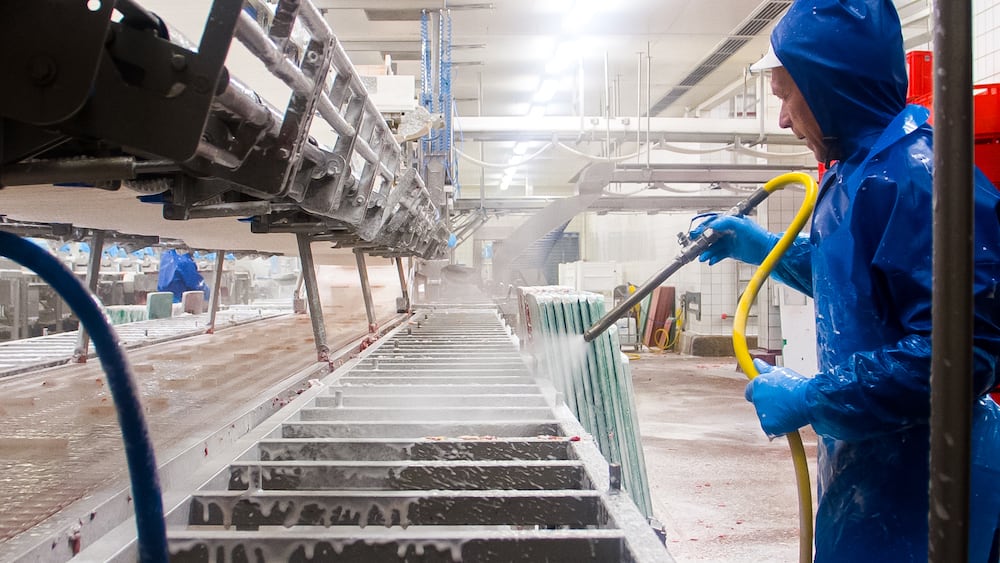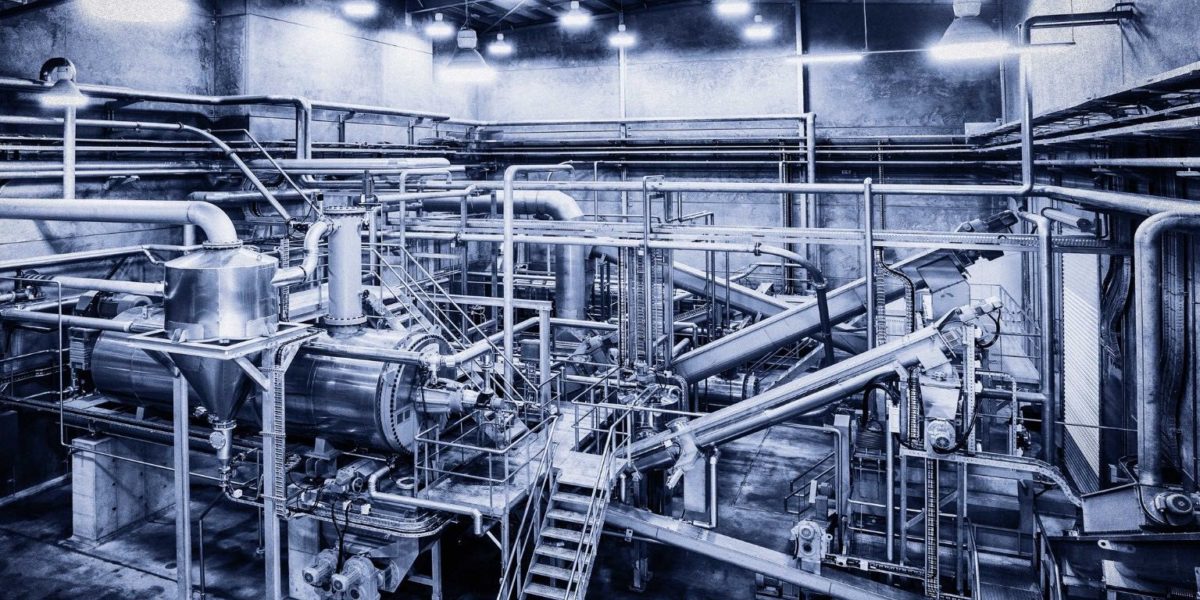ATP testing has become popular as a fast and simple means to do post-sanitation monitoring in food plants.
ATP (adenosine triphosphate) transports chemical energy within living cells as part of the cellular metabolism. When adenosine triphosphate reacts with the enzyme luciferase, it becomes luminescent and emits light. The intensity of this light emission is directly proportional to the concentration of living cells present in the sample.
This property is utilized to monitor bacteria levels on previously cleaned surfaces in food processing plants prior to startup. ATP testing is rapid, taking less than five minutes; and it is portable, allowing testing to take place on site. There is no need to take samples and send them off for testing by an outside laboratory.
In our experience, there are a couple of scenarios that give false positives with the use of the ATP tests. Denatured protein on the surface interferes with the ATP, as does the presence of quaternary ammonium sanitizers.
ATP can be a very useful tool to monitor sanitation. The operator needs to be aware of the interferences that give false positive results. This test should only be performed on thoroughly cleaned surfaces after cleaning and rinsing but prior to the application of any sanitizer to the cleaned surfaces.








